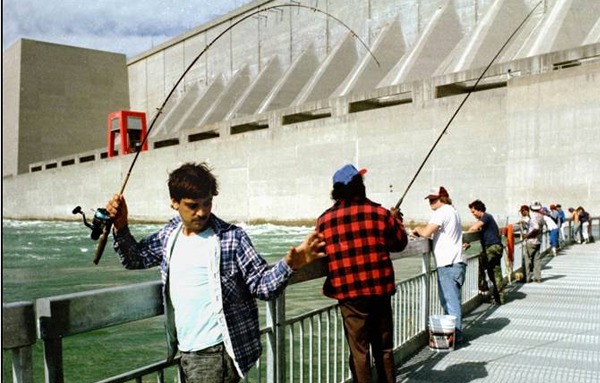Restoration and creation of wetland and riverine habitat
Niagara Power Project

In order to improve fish and wildlife habitat through the establishment of valuable native wetland plants and the control of exotic species, Kleinschmidt completed detailed existing conditions surveys in support of the habitat design for multiple projects. These studies identified specific water depth zones, soil/substrate characteristics, and disturbance regimes where native vegetation can thrive and exotics are discouraged. Three of the projects are located in high-energy, mid-river environments subject to a complex array of disturbances including ice floes, wind waves and seiches, boat wakes, and river flows. As such, engineers completed complex hydraulic and ice modeling studies, and the design incorporates a series of unobtrusive, low-profile, habitat-friendly breakwater structures to ensure that the near-shore and wetland habitats would survive the high energy conditions of the river. All four projects involve preparing detailed planting plans, grading plans, and numerous details/specs. Construction phasing, disposal of historic fill material, and protection of existing sensitive habitats (including rare, threatened and endangered species habitats, important wildlife habitat and valuable wild celery beds) were additional factors that needed to be addressed during the design, permitting and construction phases.
Project efficiencies were realized because Kleinschmidt was able to support NYPA with an in-house multidisciplinary design team, which included wetland scientists, civil engineers, hydraulic engineers and modelers, fluvial geomorphologists, fisheries/aquatic biologists, and environmental permitting specialists.
